Rape Culture
 The term ‘rape culture’ can sound pretty extreme and it elicits all kinds of responses, whether it’s scoffs of anger about the terminology and what it represents, or a deep sigh at the state of things. But what does the term mean? Rape culture is used to describe the environment where sexual violence is normalised and excused–that it’s “just the way things are”.
The term ‘rape culture’ can sound pretty extreme and it elicits all kinds of responses, whether it’s scoffs of anger about the terminology and what it represents, or a deep sigh at the state of things. But what does the term mean? Rape culture is used to describe the environment where sexual violence is normalised and excused–that it’s “just the way things are”.
Rape culture is perpetuated through media and pop-culture by use of misogynistic language and jokes, the objectification of women’s bodies and the glamorisation of violence, creating a culture that ignores women’s rights and safety and makes sexual coercion seem normal. Why is it so dangerous? Because it reinforces the continuum of sexual violence, starting with so called “jokes”, and finishing with rape and murder.
Myths & Rape Culture
Phrases like “she asked for it” or “boys will be boys” are examples of rape culture; so too are attitudes based on gender stereotypes–that being a ‘man’ means you should be dominant and aggressive; that being a ‘woman’ means you need to be submissive and sexually passive; that men ought to score and women ought to be nice and not act so cold. Accepting rape myths only helps to create environments in which many individuals–women, people with disabilities, members of the LGBTQIA+ community – are disempowered.
Rape culture is tasking victims with the burden of rape prevention. Rape culture is encouraging women to learn self-defence as though that is the only solution required to prevent rape. Rape culture is warning women to “learn common sense” or “be more responsible” or “avoid these places” or “don’t dress this way”; failing to caution men to not rape.–Melissa McEwan, Rape Culture 101
The legacy of rape culture and victim blaming affects everyone, but let’s focus on women as an example. Although most males are decent humans and thankfully many females are never the victims of rape, the existence of sexual assault and rape in our community means women do change their behaviour, whether it’s learnt (“don’t go out wearing that”) or out of fear (“I should get home before it’s too dark”).
50% of Australian women for example, don’t feel comfortable walking a short distance home after a night out for fear of being harassed or assaulted, whereas a guy more than likely would (79.2%).
Being on the receiving end of ‘locker room talk’, up skirting, catcalls, stalking, all the way to coercion, harassment and sexual violence can happen to our students. So who are we kidding? Let’s all try to be better humans and speak up instead of staying silent. Let’s put a stop to the behaviour that normalises rape culture.
Breaking the Cycle
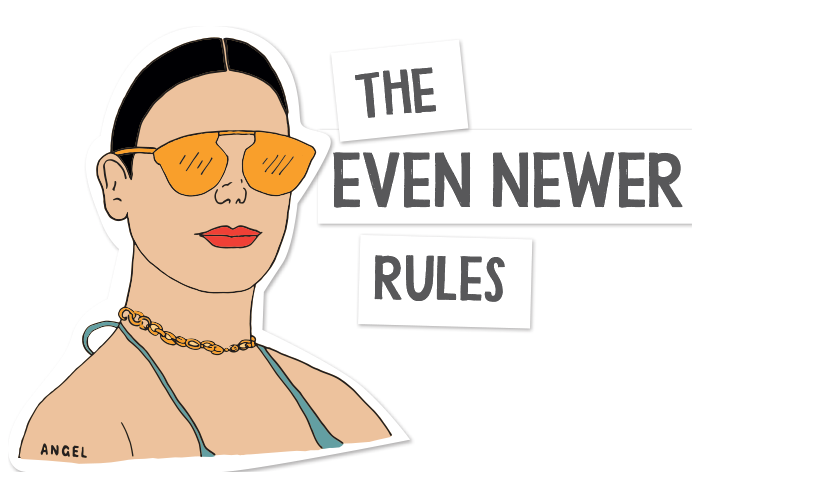 So what can you do to break the cycle?
So what can you do to break the cycle?
- Get to know yourself. Define your manhood, womanhood or whoever you want to be, free from stereotypes.
- Think critically about the media’s portrayal of gender identities, relationships, sex and violence, and be supportive of alternative portrayals–e.g. that men can be empathetic; that women can be assertive.
- Avoid using language that puts people down, objectifies or degrades.
- Speak out if you hear a sexist joke. It’s not cool and it’s just lazy.
- Respect people’s personal space and need for alone time.
- Learn to communicate openly with your partner, lover or friend; that includes both the speaking and the listening parts.
- Advocate and practice affirmative consent, never assume it’s given.
- Know that the myths we mentioned earlier are just that, myths. Take it seriously if someone tells you they were raped or sexually assaulted.
When it comes down to it, this is an issue of equality, not in the sense of ‘who has the most money or power’ but equality in building empathy, mutual respect and the ability to enjoy the same rights.



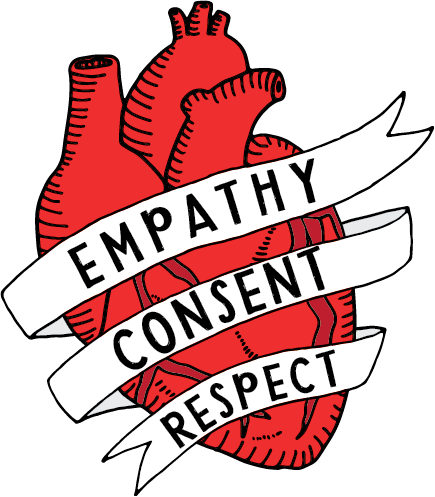
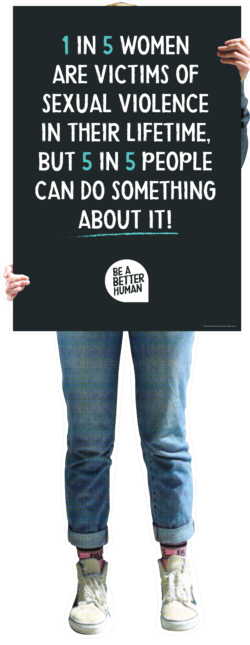



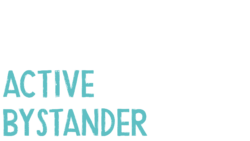
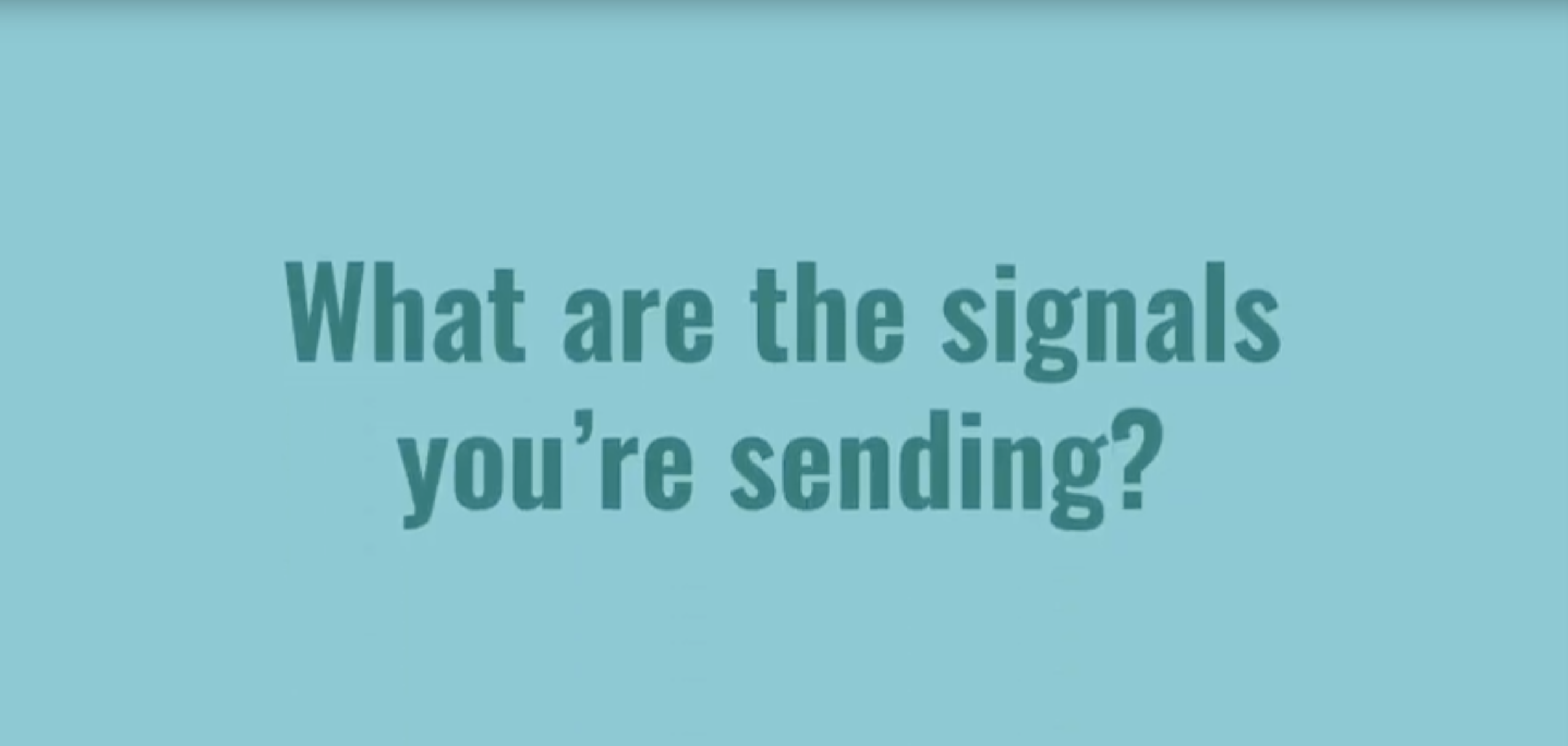
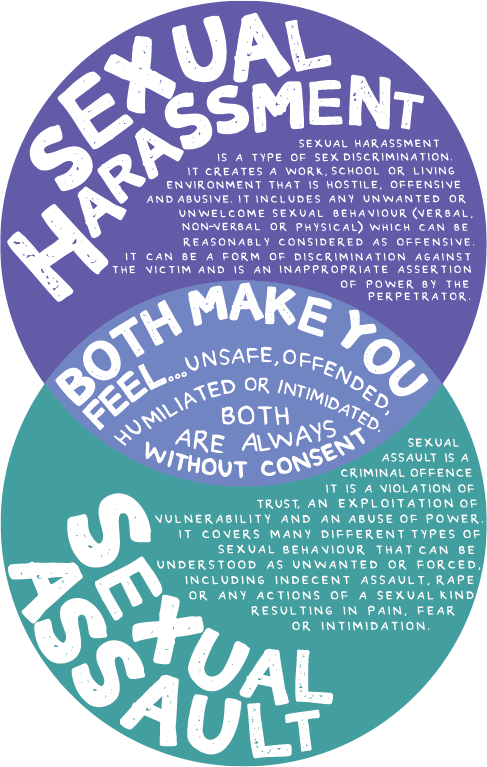 Sexual harassment can occur in person or online. Common examples include:
Sexual harassment can occur in person or online. Common examples include: The term ‘rape culture’ can sound pretty extreme and it elicits all kinds of responses, whether it’s scoffs of anger about the terminology and what it represents, or a deep sigh at the state of things. But what does the term mean? Rape culture is used to describe the environment where sexual violence is normalised and excused–that it’s “just the way things are”.
The term ‘rape culture’ can sound pretty extreme and it elicits all kinds of responses, whether it’s scoffs of anger about the terminology and what it represents, or a deep sigh at the state of things. But what does the term mean? Rape culture is used to describe the environment where sexual violence is normalised and excused–that it’s “just the way things are”. So what can you do to break the cycle?
So what can you do to break the cycle?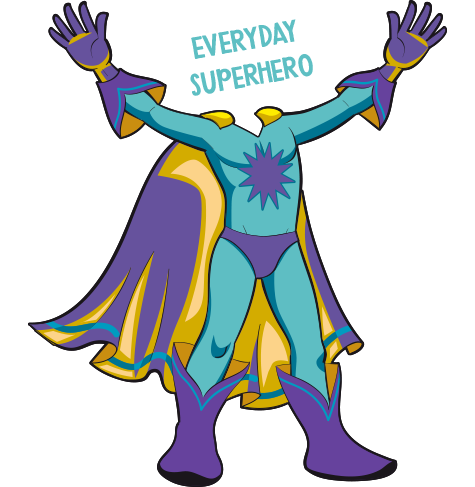 Research suggests that our judgement is sometimes influenced by the myths we mentioned earlier. What we have to remember is that these myths
Research suggests that our judgement is sometimes influenced by the myths we mentioned earlier. What we have to remember is that these myths